LEE RANALDO
PEOPLEText: Victor Moreno
The 33rd “Greatest Guitarist of All Time” according to Rolling Stone magazine, Lee Ranaldo is a creative mind in a constant state of experimentation. Like his bandmates in Sonic Youth, his collaborative spirit can’t get enough. He is a man of many talents currently immersed in his solo project (together with his band, The Dust, with Steve Shelley on drums). The band’s new full length album, “Last Night On Earth”, is their second with Ranaldo in the singing-songwriting role, rather than as a performer of abstract recordings (a common theme of his early solo work). Meanwhile, he continues a range of parallel projects combining other artistic disciplines such as visual arts, drawings, film and poetry. We had a fantastic opportunity to meet up for a quick overview of his current exceptional work after all these years in the limelight.
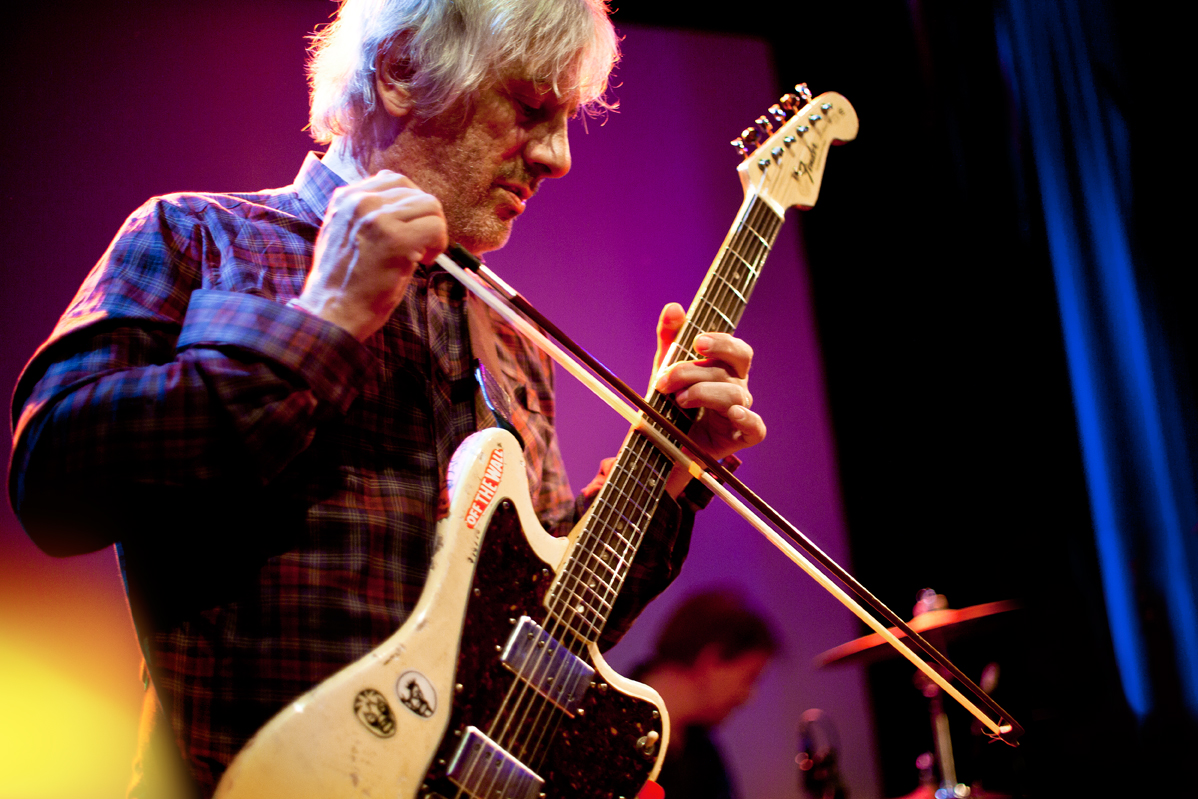
Photo by Victor Moreno
Your previous record “Between The Times And The Tides” was your first full-length album with acoustic songs.
Yeah, it wasn’t an experimental abstract record.
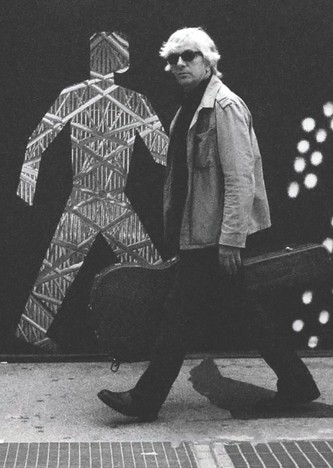
Between The Times & The Tides
What is the most rewarding part for you in this shift towards singing-songwriting?
It is very different from what Sonic Youth was doing and Sonic Youth was a collective, we did everything together in a way, in terms of the writing and recording. That was a very unique situation, 4 people writing songs together and 3 singers and this project it is pretty much about I’m writing and singing the songs so that is pretty rewarding for me right now. It is definitely my interest right now working in this area. In a way one of my main interest within this project is the singing. I really love doing that part of it; it is one of the biggest parts of it. Even though the band stretches out in some of the songs live a large part of the project is the vocals.
Steve Shelley also plays in this project. Is he involved in the songwriting as well?
Not in the songwriting but the arranging. With this second record the whole band was involved with arranging the songs. When we made the first record is was no band really. I made the songs and track them and then have people to come in and play on them but then we went out on a tour for a year and got to be pretty solid as a band so with this record I was bringing songs in and the whole band was taking them, opening them up and arranging them.
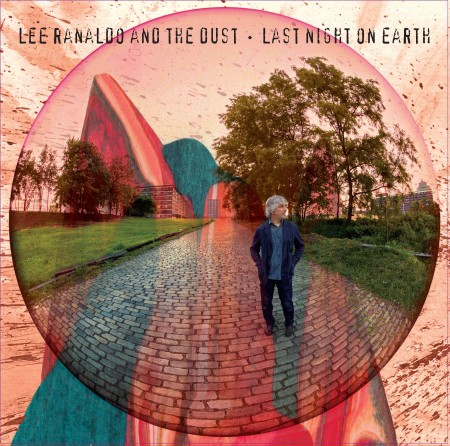
Last Night On Earth
So in this spirit, do you think the new album, “Last Night On Earth”, is an evolution of what you started in the previous record?
In a way yeah, it is a further evolution, especially in terms of establishing a band. After the first record came out we got to know how to be as a band. It doesn’t happen overnight you just snap your fingers and you are suddenly a band. It took a while. So with this record we thought more like a band, we recorded live in the studio. We had a much different feel.
Where did you record it and did you produce the album yourself?
Yes, I produced myself together with the band and the engineer. We recorded it in the Sonic Youth studio, the same studio where Sonic Youth made our last bunch of records.
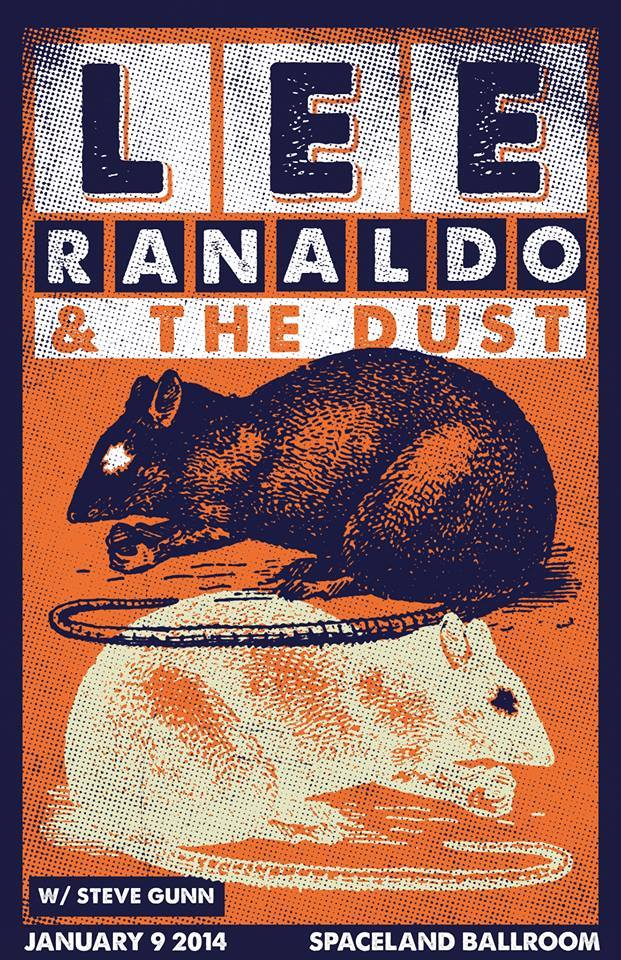
Lee Ranaldo and The Dust @ Spaceland Ballroom flyer
Is that in New York City?
These days is in Hoboken, New Jersey but for a long time was in New York. It’s been in Hoboken since we made “Rather Ripped,” so maybe 2005 we moved to Hoboken.
That’s Yo La Tengo’s hometown, isn’t it?
Yeah, yeah. Actually they just moved away from Hoboken… Finally. They moved to Manhattan.
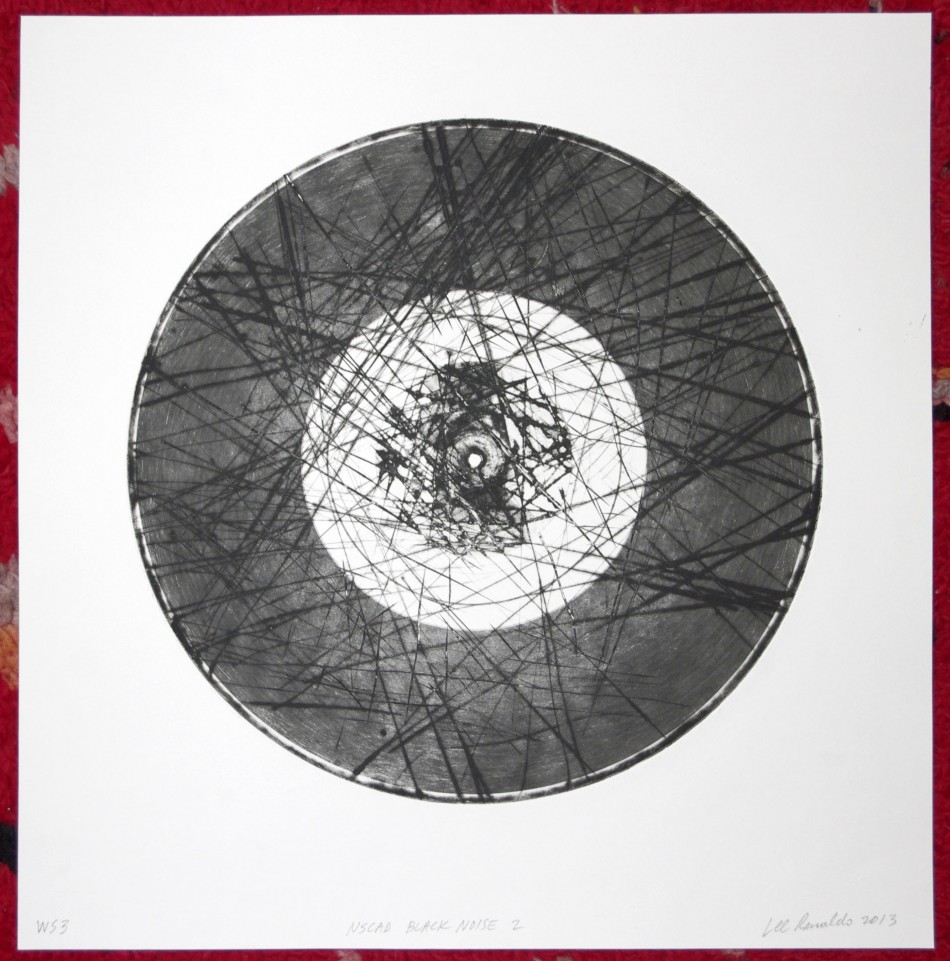
NSCAD BLACK NOISE 2, drypoint and engraving on vinyl transcription disc
unique proof, plate size 15.5”, paper size: 20.5 X 21 inches, paper: Stonehenge Rising
Do you like to deviate live from what you actually recorded in studio?
We play the songs in a certain way so we inject a different energy in to them live. So of them have open sections, especially from the new record where we play it differently every night. That’s why we’re been selling a double CD on tour with demos and rehearsals. Some of them are longer than is “Last Night On Earth.” My acoustic demos and electric band versions, you know, different variations.
Do you enjoy the recording phase and the performance equally?
Yeah, equally, for sure. I really like being in the record studio. I’ve been always fascinated by it and now tracking my own songs it’s been very interesting. It was a different process than Sonic Youth where we created everything together. So I really like both.
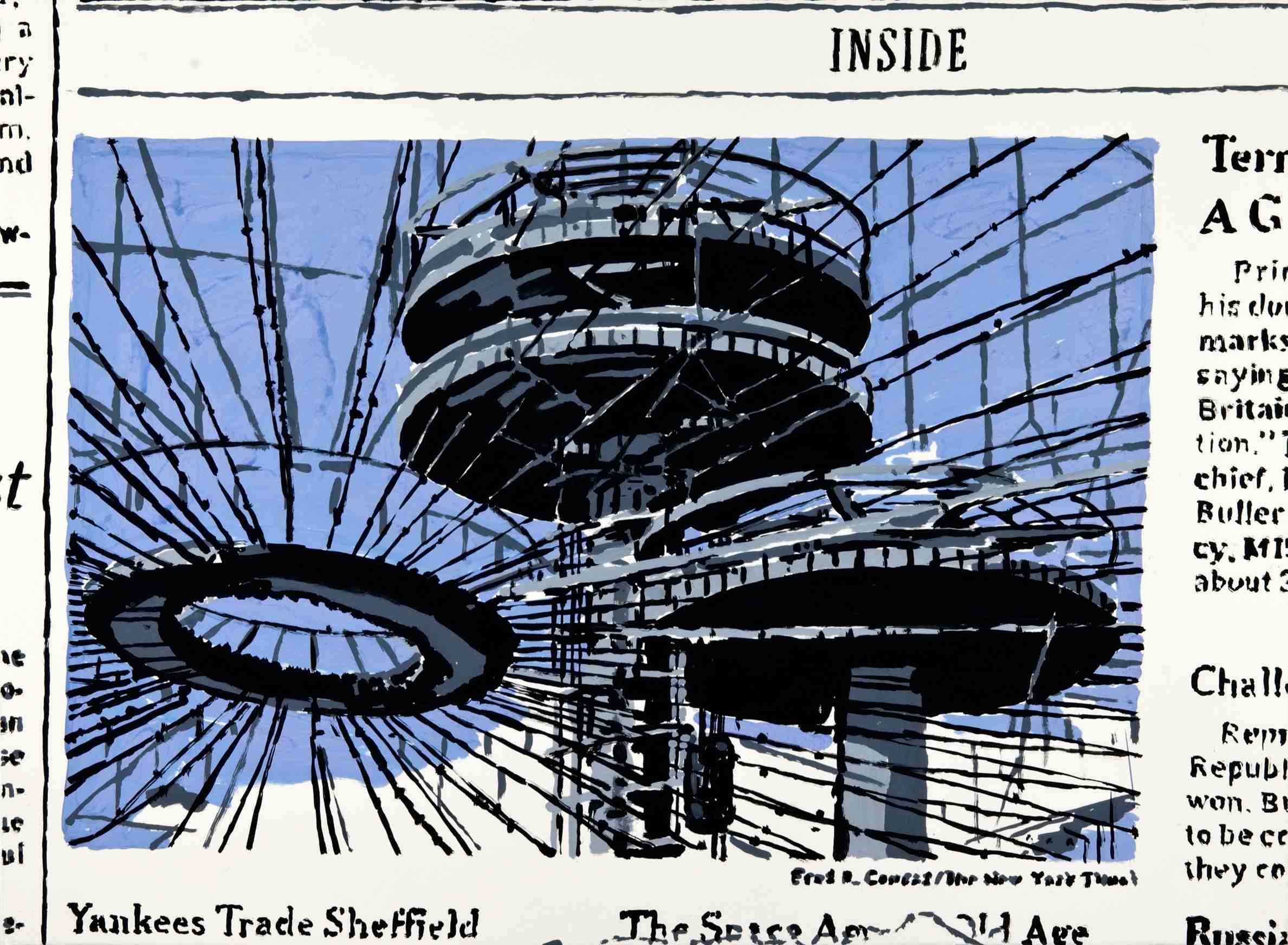
Courtesy Lee Ranaldo & Galerie Jan Dhaese
Because with Sonic Youth normally was it more like starting from jamming and creating keepers?
Well, yeah, bringing in some idea and then expanding on it from there. With this I am bringing the songs, here is how it goes, you know?
Right. And working with acoustic songs do you still keep modifying tunings?
Yeah, I’m still using quite a few different tunings. I don’t think any of the tunings from Sonic Youth days. Tunings evolve every year and a new bunch of tunings comes along.
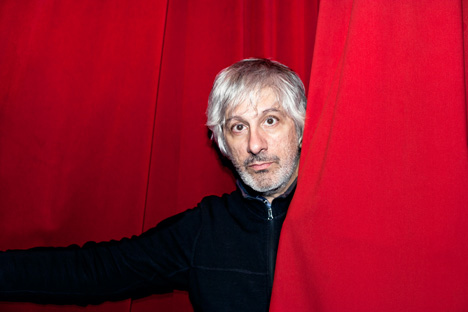
Photo by Victor Moreno
That reminds me of the early 90’s when bands started playing unplugged. I’m curious: I guess that was never actually an option for Sonic Youth?
No, we never did that. We did two acoustic concerts in our life and there were both for Neil Young’s benefit Bridge School concerts that he does every year. It was supposed to be all acoustic those shows. The first time we did I think it was 1991 or something like that and it was awful, we did really bad. And the next time we did it it was about 10 years later and we did much better but we never did an acoustic concert beside those. However with this project we have done quite a few acoustic concerts and acoustic solo. In April we spent a week in Barcelona, we recorded an entire acoustic record and that is mixing it now. Some songs from both of my records and some cover songs. We are selling a 7-inch single from that session of the song of Neil Young “Revolution Blues”.
Is that related to the Primavera Sound?
Right, that is going to be in the label of the festival. For 5 days we recorded 15 songs in studio with acoustic guitars and stand up bass.
Okay, I wasn’t sure if it was an album made out of live recordings.
No, it is all done in a multi-track in the studio. And now a Spanish producer has mixed it.
What’s his name?
His name is Raul Fernandez – Referee. He plays a little bit as well.
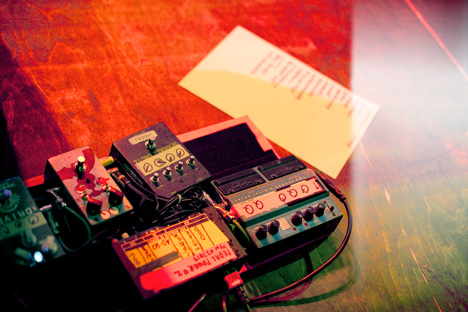
At this point, how do you see the early days? I wonder mostly about the period you played together with Glenn Branca.
Well I see that as a really especial time. New York was very particular in that period. It was very especial time to be in New York. There was so much interesting experiments going on in music and art and all kinds of culture. It was really interesting. It was really nice.
From your perspective as a guitar player, musician and artist – the things you did back then, and the vision you had compared with how you see things now – do you find any main differences?
I think it was very formative. The things that happened then, what you learn in the early period sticks with you in a very strong way. A lot of the experiments I saw in New York whether I was part of, with people like Glenn and the early days of Sonic Youth, those experiences stick with you in terms of the kind of music you make. It was a very important time, very unique because it was no internet and there were no magazines really covering that kind of music so it was a very small secret scene in New York at the time. Most of those bands, Teenage Jesus and the Jerks, The Contortions, DNA, … most of them never left New York so if you weren’t there you didn’t really experienced it.
How do you think the energy created from the naïve approach you had then compares with the vast experience you’ve since gained?
It is hard to say. When we stared we knew what we wanted to do. We didn’t have all the technique that we later developed from playing for 20 years or more or whatever, but we had a lot of the original attitudes and ideas…and that hasn’t changed that much. That aspect is still pretty similar, I think. When any band starts you have to feel the people together and all that stuff. It took three or four years for Sonic Youth to really know exactly where we were going and what we were doing and then it was just an open road really to just experiment with new things.
So you are able to see things clearer now?
No, not really (laughs). It is always you have a blank piece of paper you are trying to do something new. The unexpected is always there… Yeah, I think that’s probably the way we artists do all your life in a way. Unless you want to do the same thing you did before you want to try keep pushing for new things. It is always a question mark what you going to do.
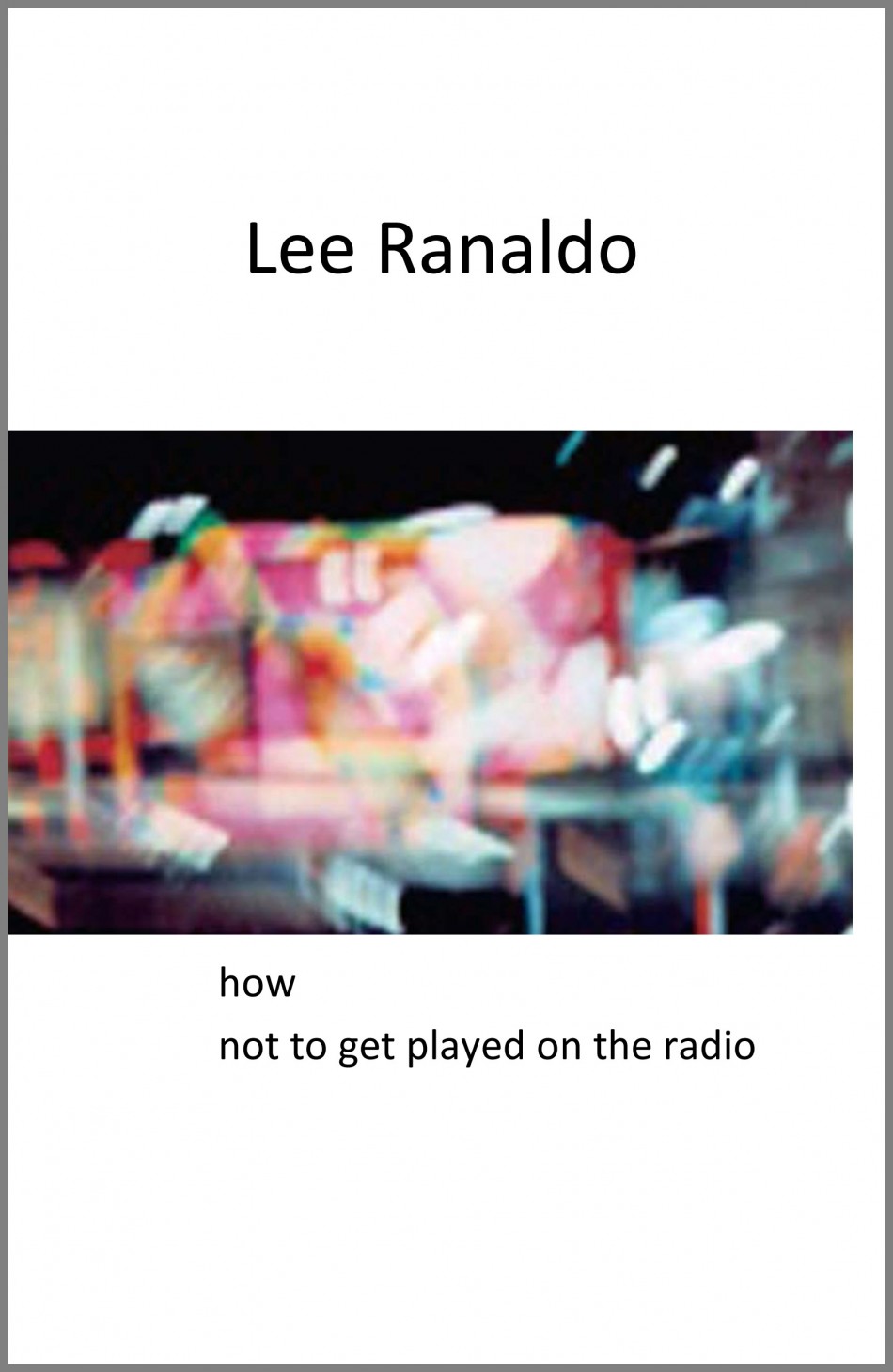
soundBarn Press poetry series
I would like to talk to you about your poetry and the craft of your writing. First of all, how do you see poetry as a creative force, a channel able to be blended with other artistic disciplines?
I am very inspired by a lot of poetry and the idea of writing poetry as supposed of writing pros. It is something I have experimented with a lot from a long time. I get a lot of inspiration from reading poems. They are trying to get a different kind of picture; they are closer to painting than to a novel or a newspaper. It can be very abstract. So for me the idea of trying to write poetry or using poetry as creative force is very strong, of course it fits into lyrics but these days it fits into a visual artwork where I’m putting words on the paintings and the drawings and things like that. So it is very important.
When you’re writing, how do you combine the process of writing for a book and for something you intend to perform?
Sometimes you don’t know if you’re just writing free form. These days a lot of time if I am writing for songs I start with music so I have a musical structure first. Which is actually the way Sonic Youth always worked. We had all the music first and then the words came afterwards. I am off writing the lyrics around the piece of music so if I’m writing without music it goes towards being a poem I think, most of the time. Do you separate the way in which you’re writing, regarding it is poem or a song? I don’t when it starts. Sometimes I am just writing and sometimes those writings become songs lyrics or poem, take different forms. I love the ides also of spoken word, it has such an intimacy, and it is really interesting to me. Do you use any formal verse or methodology in your writing? I like to use some of each, sometimes it has a certain structure and rhyme and often times it is free verse. I don’t restrict to one or the other really. I probably write more in free verse except song lyrics has to come into a strict form in a way, more so than strict poetry.
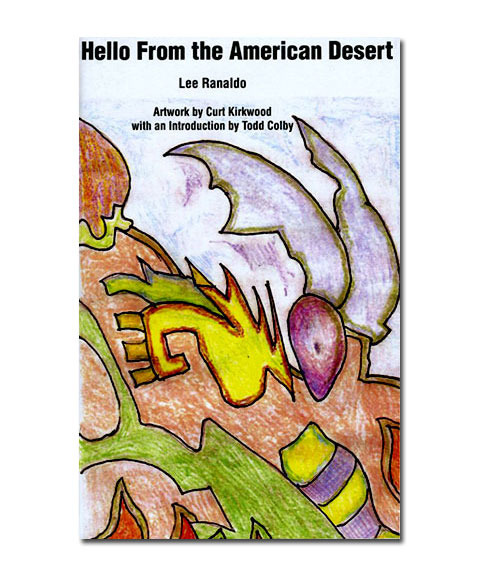
Hello from the American desert
I haven’t read your chapbook “Against Refusing” yet. Is it entirely free verse?
Yeah pretty much. That book in particular is two small chapbooks of documents starting the poems from spam from the internet from all the e-mails I get. I got thousands of words, not sentences but just words. It was a way for the spammers to get passed the filters, it looked like a text but it wasn’t a text, just words so sometimes just 2-3 in a row it would sounded like a poem. So I started to collect all these spams, choose words and start to make a poem out of them. It was almost like a surrealist automatic writing in a way some of them I just took it off the internet of these e-mails. Then I would modify and add my own words. “Against Refusing” and my other book “Hello from the American desert” has a lot of poems there were based on this kind of almost surrealistic assembling, like a montage. They are definitely free verse and found words.
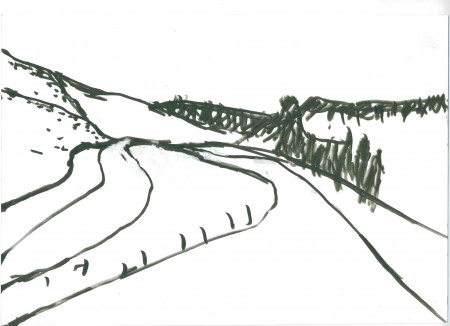
Lost Highway
I think you have recently exhibited some painting work in Europe.
I had a drawing show it just opened last week in Belgium at Galerie Jan Dhaese. It is a gallery I have exhibited some work the last few years. This is show with all these drawings I’ve been making the last few years while we’re been on tour. I’m sitting in the front seat of the car and the road is going when we are traveling and I just sketch it very quickly. They are called “Lost Highway.” They are all over the world but each one has a name on the back. I draw them with a pencil or marker. They are very quickly done. Trying to sketch this thing that is moving all the time, the road is always moving. Musicians always write about the road so I though I could start this drawings about the road.
Even when you are on tour, do you find the time to continue creating more from your other talents?
This is been a really good way for me to do that.
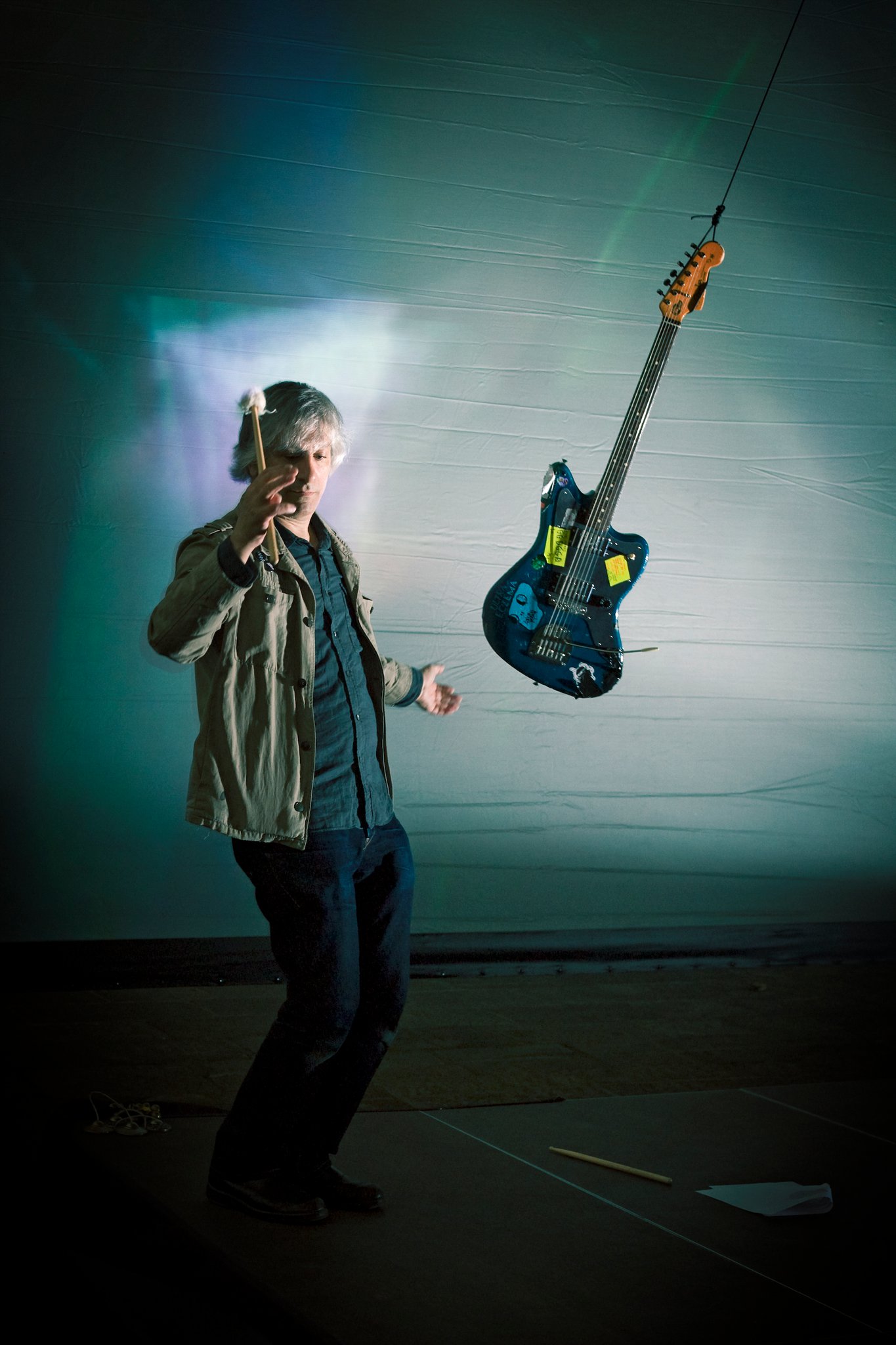
I think also you have exhibited together with your wife Leah Singer.
It is a performance with my guitar hanged on a robe swinging around over the heads of the audience. Leah does the films so it is a film and music performance. I still do a lot of art stuff.
You graduated from art school so I presume the combination of music and art has always been natural for you?
If you are an American kid you grow up playing music, or well listening to music. So you always have an idea of pop music in your head. I studied visual art in the University and when I moved to New York was time to combine really.
Is there any milestone in your carrier in this way?
I’ve been showing my work for the last 10-15 years but Sonic Youth had a big museum show that toured in Europe in 2008. It actually came to your hometown in Madrid; I think it was a art center called CA2M I think, in Mostoles?
Ha, ha, sorry it sounds very funny to hear you know that neighborhood. Yeah, the exhibition rings a bell actually, although I wasn’t living in Madrid anymore by then. What was it about?
It was really big exhibition with artworks and a lot of the artist that we are related to and things like that.
You are about to finish you tour of Europe. Do you have any dates to continue through Asia or go to Japan?
One thing it is frustrating this band has not been to Japan. I’m dying to go back to Japan; it’s been a few years since I’ve been to Japan. We have a Japanese label for the two records I made. It is called Hostess. So far I haven’t been to Japan with this solo project so I am really hoping within the next year I go to Japan. Sonic Youth have a big following there; we were been there a lot – for 15 times or something.
Lots of people have written about it, I presume, but how would you describe your style as guitar player?
I guess the easiest way to talk about it is in terms of the tunings because that is a real defining quality of it; it is done in these open tunings. I am a guitar player who plays in open tunings mostly. I don’t play normal standard guitar. There is plenty of people who plays in open tunings but the thing about an open tuning is sets you a part from all of the thousands of guitar players that play normal guitar, leagues like Eric Clapton. You know, those normal chords. I don’t play any of those chords so immediately makes the sound a little bit different. That’s why people like Joni Mitchell has a especial sound because they play in these strange tunings, make everything sound different.
Are you fan of Paco De Lucia? You know he was one of the pioneers together with John McLaughlin, Al Di Meola, fusing flamenco and jazz.
Yeah, that’s right.
He died a couple of weeks ago.
A couple of weeks ago, really? Oh, I didn’t know that at all.
I’m telling you this because somehow you have also fused techniques and genres such as droning, pop, rock, electro acoustic music and orchestral, for instance, treating the guitar from a different perspective, so to speak.
The interesting thing that it was always the case with Sonic Youth, we stretched from on the one hand pure songs and in the other hand to pure improvisation or pure noise and we would have everything in between as part of our music. You know right now I’m doing this band which is kind of singer-songwriter even though it is expanding from there and the things I do with Leah are much more abstract, it is an hour-long thing with films. I just like to mix it up. I just made a piece for an orchestra for violins and cellos, we performed twice, one in Amsterdam and one in Sidney so I like the idea of experimenting in a lot of different ways. I’ve been lucky enough in my career to do all those different things.
Definitely. You can’t get enough Lee. Do you get holidays at all? (Laughs) Creatively speaking…
Even holidays are always inspirational for new work! After this tour is over I am going to do three solo concerts in France and then one week holiday in south of France in Nice with my wife and my kids – that well, actually it is not only a holiday, I am going to work with a local orchestra of amateur musicians that don’t even know how to play their instruments but they formed the orchestra, so we are going to work for a few days and make a concert at the end. But it will mostly be holidays just relaxing and thinking about new songs, new works, drawings and things.
Text: Victor Moreno




